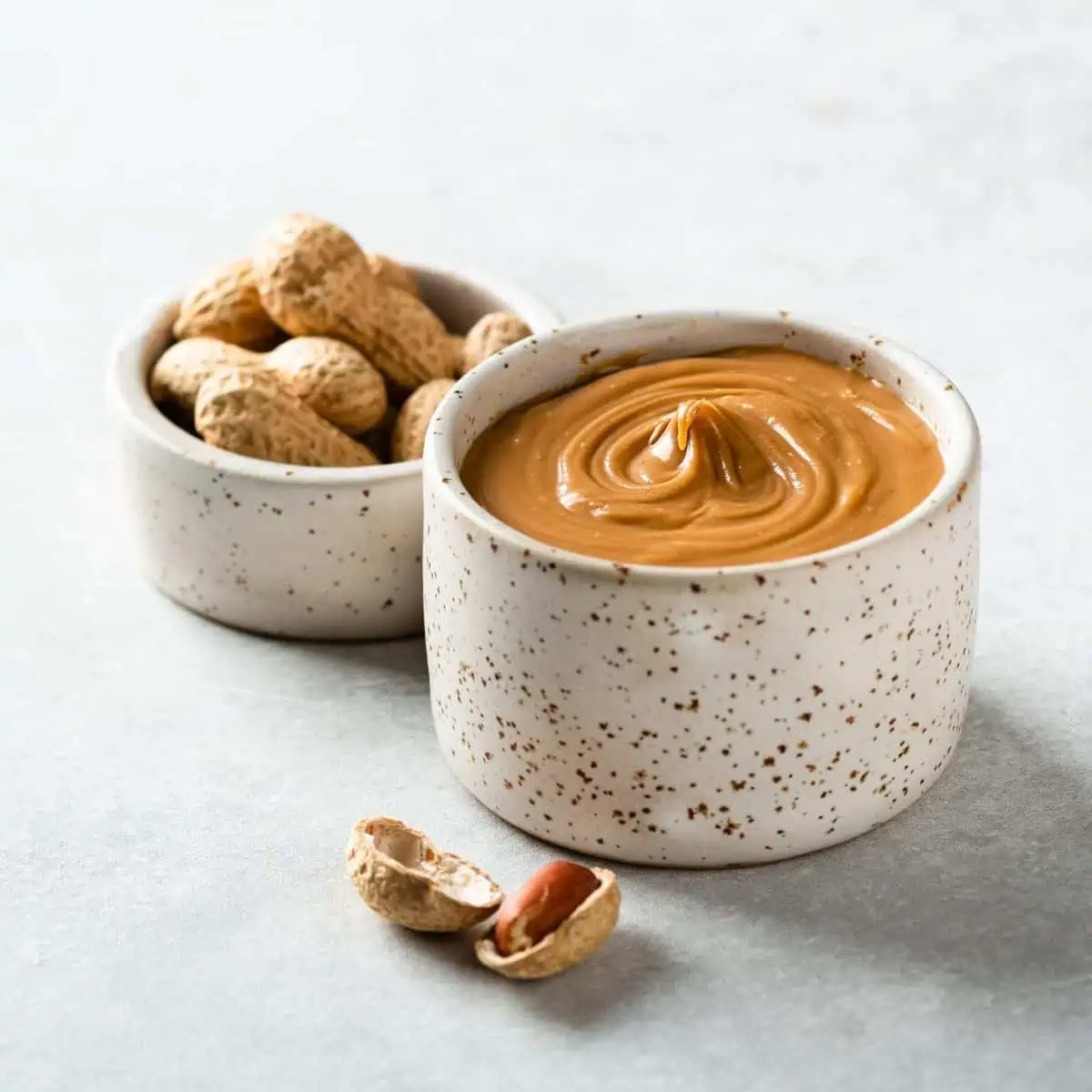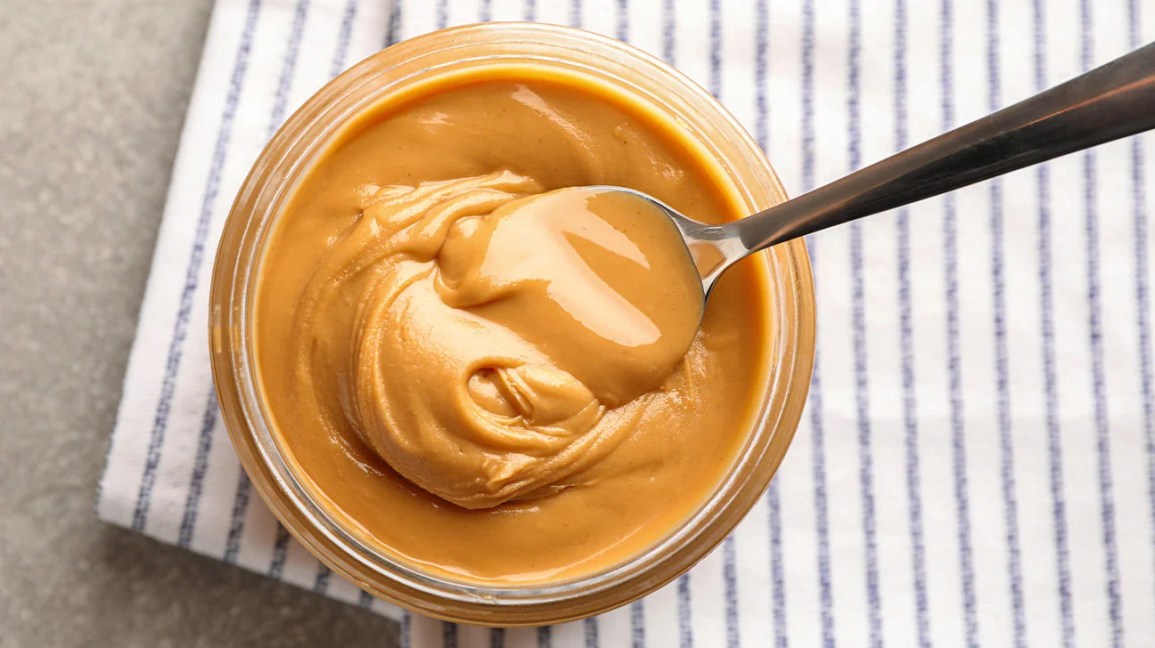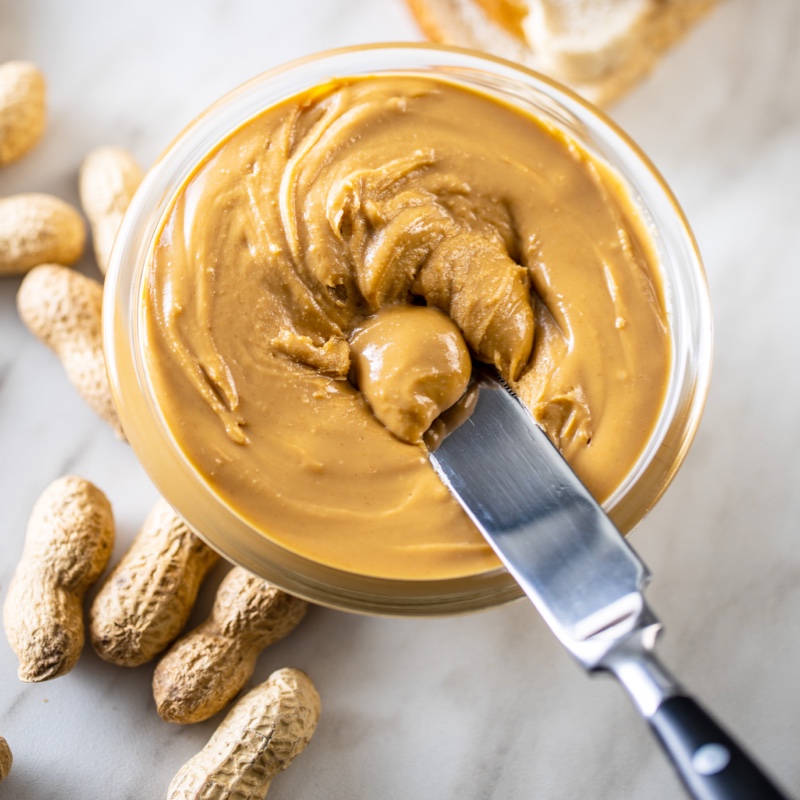Plant-based peanut dressing is a type of sauce made primarily from peanuts that does not contain any animal-derived ingredients, making it suitable for vegan and many vegetarian diets. Its composition typically includes ground peanuts or natural peanut butter as a base, combined with a variety of other plant-based ingredients that can include soy sauce, ginger, garlic, lime juice, maple syrup or another sweetener, and sometimes spices such as chili or paprika for heat. Vinegar or citrus juice is often added to provide an acidic component, balancing the richness of the peanuts.
The use of peanuts as a base for sauces and condiments is steeped in culinary traditions across various cultures, particularly in Southeast Asian and African cuisines. In these regions, peanuts, known also as groundnuts, are a staple ingredient in many dishes and are revered for their ability to contribute creaminess, a nutty flavor, and a substantial amount of protein to a meal. When moving towards plant-based cooking, peanuts and their derivatives have become popular for their versatility and the ability to impart a satisfying richness that might otherwise be lacking in the absence of animal fats and proteins.
Creating a plant-based version of peanut dressing usually involves ensuring that all ingredients are free from animal derivatives, with plant-based sweeteners replacing honey if sweetness is desired and alternative sources of umami flavor, like soy or tamari sauce, taking the place of fish sauce found in some traditional recipes.
This dressing is particularly well-suited to salads, especially those including cabbage or robust greens that can stand up to its weight. It is also used as a dipping sauce for spring rolls, a marinade for tofu, tempeh, or vegetables, and as a sauce for noodle dishes and stir-fries. Its creamy texture and savory nuttiness make it both a flavorful and a nutrient-dense addition to a variety of dishes.
Plant-based Peanut Dressing recipe


Plant-based Peanut Dressing
Equipment
- 1 medium mixing bowl
Ingredients
- 1/3 cup creamy salted peanut butter (you can also use other seed/ nut butter
- like sunflower /cashew)
- 1 1/2 tbsp maple syrup
- 2-3 tsp chili garlic sauce
- 2 1/2 tbsp lime juice
- 3 tbsp coconut aminos
- Water to thin
Instructions
- Combine the dressing ingredients a in a medium mixing bowl, peanut butter, maple syrup, coconut aminos sauce, lime juice, and chili garlic and then whisk until smooth and creamy.
- Add water to thin, little at a time until desire pourable stage is achieved. Taste dressing and make adjustments to suit your taste, adding more maple syrup for sweetness, lime for acidity, and coconut aminos for overall flavor chili or garlic sauce for heat. Add more peanut butter, if too thin and little more water if too thick to thin.
Cooking Tips about Plant-based Peanut Dressing

- Starting Base: Natural peanut butter or finely ground peanuts serve as the base for the dressing. For a smooth consistency, use creamy peanut butter; for added texture, crunchy peanut butter or coarsely ground peanuts can provide a more rustic feel.
- Flavor Balancing: Combine the rich peanut base with acidic components such as lime juice or vinegar to cut through the richness. Sweetness can come from maple syrup or agave nectar, and saltiness from soy sauce or tamari for a gluten-free option.
- Umami and Heat: Incorporate garlic and ginger for their aromatic kick and health benefits. For extra umami, consider adding a small amount of miso paste if desired. Adjust the level of heat by using fresh or dried chili, chili flakes, or a swirl of sriracha, according to your spice preference.
- Thickness Adjustment: Plant-based peanut dressings can vary in thickness. For salads, a thinner consistency works better, which can be achieved by adding water or more citrus juice bit by bit until the dressing reaches the desired consistency. As a dip or marinade, a thicker texture might be preferable, so adjust accordingly.
- Taste and Tweak: Always taste your dressing as you mix and before serving. Fine-tuning the amounts of sweetener, acid, and salt can dramatically change and improve the flavor profile to suit your personal preference or the dish it’s intended for.
- Herbs and Extras: You can add cilantro or parsley to introduce a fresh herbaceous note. A dash of toasted sesame oil can also impart a deeper sesame flavor that complements the nuttiness of peanuts.
- Emulsification: To keep the dressing from separating, emulsify it thoroughly by whisking vigorously or blending it in a food processor or blender. This ensures a uniform texture and better coverage when used as dressing or sauce.
- Allergies Consideration: Although peanuts are suitable for a vegan diet, some individuals may have allergies. Substitute almond butter or sunflower seed butter for a nut-free option if needed.
- Storage: Store the dressing in an airtight container in the refrigerator for up to a week. Separation is natural upon storage, so give it a good stir or shake before using.
Serving suggestions about Plant-based Peanut Dressing

Plant-based peanut dressing offers a flavorful and health-conscious option for dressing salads, marinating proteins, or using as a sauce for various dishes. When thinking about serving suggestions for such a dressing, a clear strategy is to associate it with food items that traditionally pair well with the taste profile of peanuts – which are often nutty, rich, and slightly sweet with a potential for spiciness, depending on the recipe.
For salads, this kind of dressing pairs exceptionally well with crunchy vegetables like shredded cabbage, carrots, and bell peppers. The dressing’s creamy texture can counterbalance the crispness of these vegetables. Adding elements such as edamame or chickpeas can introduce a protein component, making the salad a more complete meal. Additionally, incorporating cilantro, mint, or basil can complement the dressing with a fresh herbal note.
In the context of marinating, the dressing can be used to infuse tofu, tempeh, or seitan, which are common plant-based protein options. The fats present in the peanut dressing help to carry flavors into the proteins, and an extended marinating time only allows for a deeper flavor penetration.
As a sauce, plant-based peanut dressing can be drizzled over cooked grains like quinoa or rice to add richness and moisture. It can be particularly appealing when serving a grain bowl layered with vegetables and proteins. Alternatively, noodles can be tossed in the dressing to create dishes similar to Southeast Asian classics, such as a vegan version of pad Thai or cold noodle salads.
These are a few ways to creatively incorporate plant-based peanut dressing into meals and capitalize on its unique flavor profile.
Top 5 FAQs about Plant-based Peanut Dressing

- What are the main ingredients of plant-based peanut dressing? The primary components include peanut butter or ground peanuts, which provide the creamy texture and nutty flavor. Other common ingredients are soy sauce or tamari for umami depth, a sweetening agent like maple syrup or sugar, an acid like lime juice or vinegar to balance the flavor, garlic and ginger for zing, and water or coconut milk to achieve the desired consistency. Sometimes, chili peppers or hot sauce are added for a spicy kick.
- How do you make plant-based peanut dressing? To make a plant-based peanut dressing, one would combine the aforementioned ingredients in a blender or food processor until smooth, or whisk them together in a mixing bowl. The process generally involves starting with the peanut butter as a base, adding the liquid ingredients gradually, and then mixing in the seasonings. The amount of liquid can be adjusted based on whether a thicker sauce for dipping or a thinner dressing is desired.
- Is plant-based peanut dressing healthy? Plant-based peanut dressing can be healthy when consumed in moderation, as it contains healthy fats from the peanuts, which are beneficial in a balanced diet. Peanuts also offer protein, vitamins, and minerals. However, depending on the sweetener and the amount of sodium from added soy sauce, it can be higher in sugar and salt. To improve its health profile, one could use natural sweeteners in moderation and opt for reduced-sodium soy sauce.
- Can you store homemade plant-based peanut dressing, and for how long? Homemade peanut dressing can be stored in an airtight container in the refrigerator. The longevity of the dressing can vary, but typically it can last between 5 to 7 days. To ensure quality and safety, it should be kept chilled, and a clean utensil should be used each time to help prevent contamination.
- Are there any common substitutions for making peanut dressing allergy-friendly? For those with peanut allergies, alternative ingredients like almond butter, sunflower seed butter, or tahini (sesame seed paste) can be used. While the flavor profile will change, these substitutions can provide a similar texture and are generally well-suited to the other typical dressing ingredients.
In summary, plant-based peanut dressing is a versatile and potentially healthful option that can be enjoyed by those looking to incorporate more plant-based foods into their diet. Its primary ingredient, peanuts, offers nutritional benefits and a rich taste that can enhance a wide range of dishes.
Leave a Reply